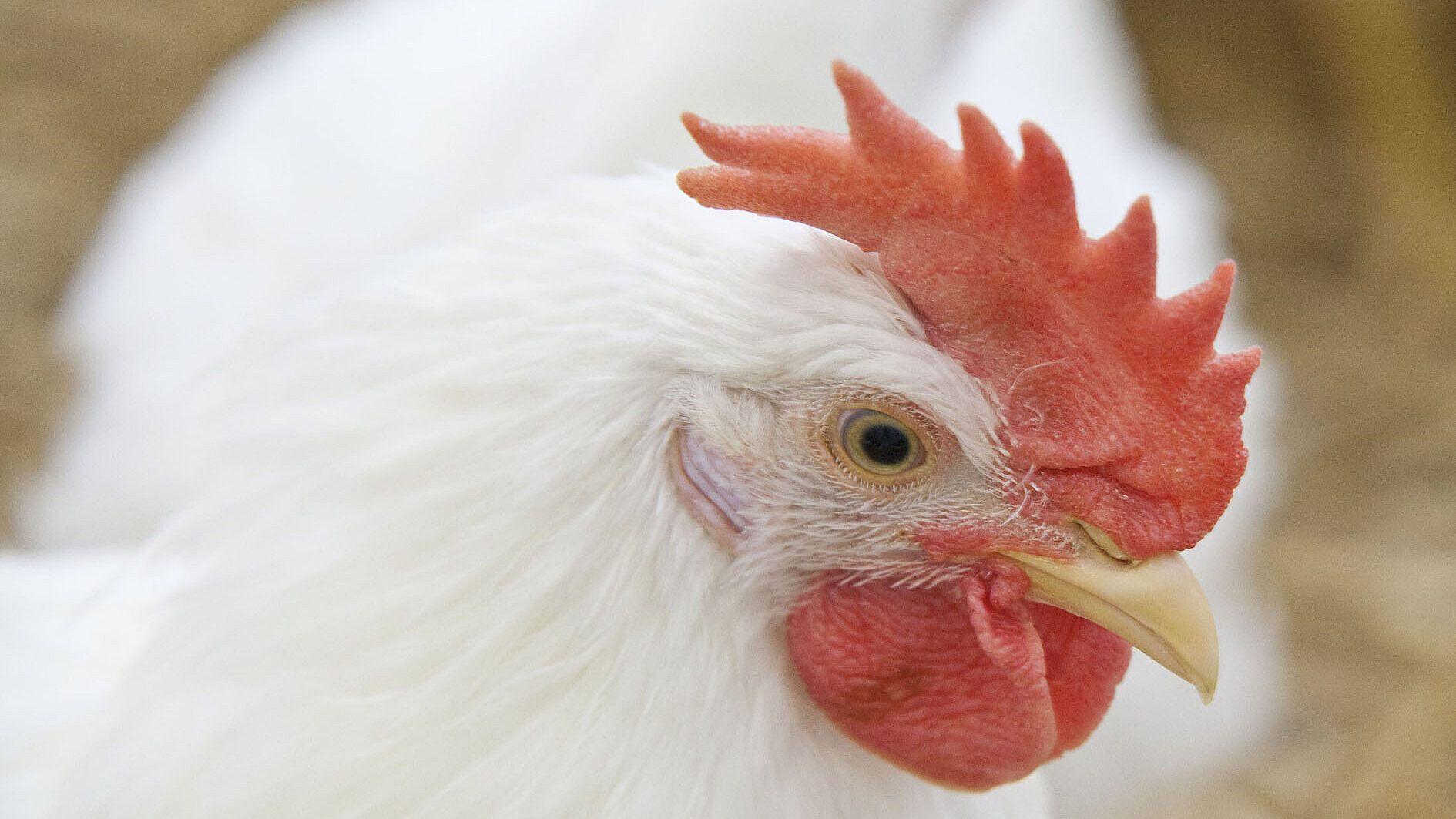DELTA stands for change: the changing world that provides the opportunity for avian influenza to present in new ways. But DELTA also stands for the change in knowledge that this project aims to generate in order to control avian influenza better.
DELTA-FLU aims to determine the key viral, host-related, and environmental factors that determine the dynamics of avian influenza (AI) in poultry and other host species, with the goal of improving prevention and control strategies against this disease.
As a result of rapidly changing dynamics, AI continues to cause unexpected and devastating outbreaks in poultry in the EU, as well as world-wide. Its potential to become pandemic is also of great concern to public health. The key viral, host-related, and environmental factors that drive AI dynamics are poorly understood, which currently impedes the development of effective control and prevention strategies. As the problems caused by AI require global solutions, DELTA-FLU is a consortium with top-level experts from Europe, North America, and Asia. Through interdisciplinary research focused on key questions of AI, DELTA-FLU will determine 1) potential for some highly pathogenic avian influenza viruses (HPAIV, e.g. H5N8 clade 2.3.4.4) to be maintained in wild bird populations and spread over long-distances, 2) key viral, host, and environmental factors for incursion of HPAIV from wild birds into poultry holdings, 3) roles of viral, host, and environmental factors in the transition of low pathogenic avian influenza virus to HPAIV in poultry, 4) effect of flock immunity against AI on early detection and viral genetic drift, and 5) viral genetic factors that allow reassortants of avian and mammalian influenza viruses to transmit efficiently among pigs. Primary sectors and end-users are involved through participation in the Multi-Actor Panel, which will also play an important role in the translation of the results into effective prevention and control strategies. As such, DELTA-FLU will make significant advances in knowledge of AIV dynamics and provide the evidence base for improved diagnosis, prevention, and control strategies for AI in poultry, as well as for reducing the possible risk of AI to become potentially pandemic.
Therefore, in DELTA-FLU the specific objectives are to determine the:
- Potential for certain HPAIV to be maintained in wild waterfowl populations and to spread long-distance along interconnected migratory flyways;
- Key viral, host-related and environmental factors, both at regional and local levels, for incursion of AIV from wild birds into poultry holdings;
- Roles of viral, host-related and environmental factors in the transition of LPAIV to HPAIV in poultry;
- Role of the innate and adaptive immunity for AIV and effect of flock immunity against AIV on early detection and genetic drift;
- Viral genetic factors that allow reassortants of avian and mammalian influenza viruses to transmit efficiently among pigs
The results of these studies will increase our understanding of the biological interplay between virus, host, and environment. This knowledge can be used to improve prevention and control strategies, and so increase the health and profitability of the poultry sector in a sustainable way.
DELTA-FLU is primarily aimed at prevention and control of avian influenza, e.g. through improved surveillance, risk assessment, and biosecurity risk management. Vaccine development is specifically not one of its objectives. There are multiple other (inter)national research programs on improving AIV vaccines, but little focus so far on increasing our knowledge to improve prevention and control strategies. Furthermore, as reviewed by EFSA (EFSA, 2015), there is currently very little use of AIV vaccination in poultry in EU member states; in addition many member states see no advantage in using emergency vaccination; and, finally, there are negative trade implications associated with vaccinated poultry










